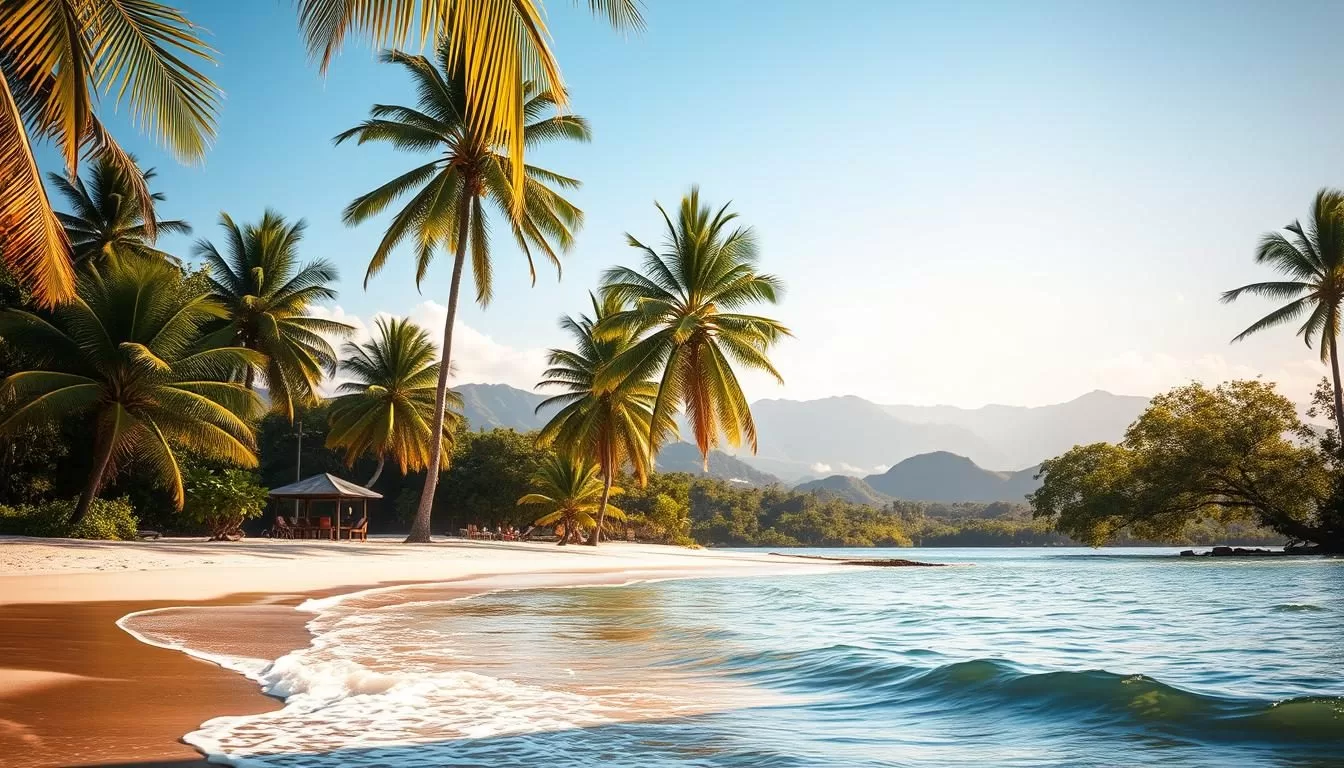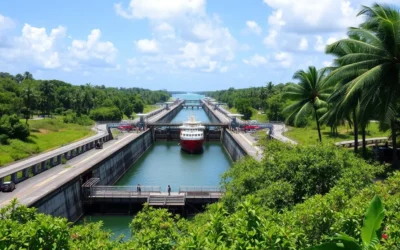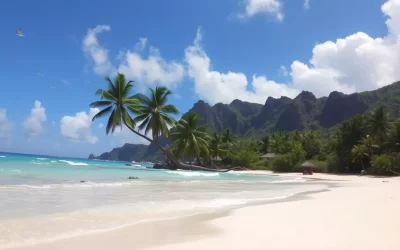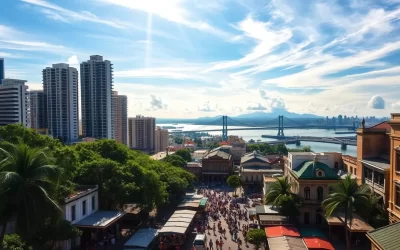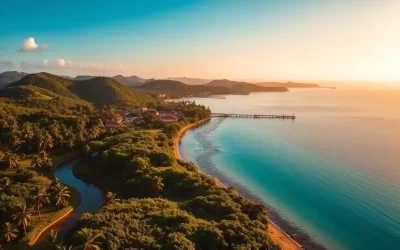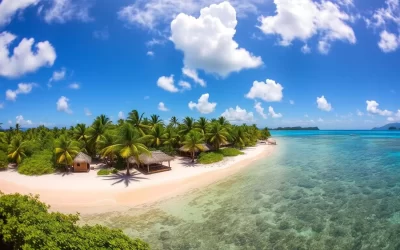✓ Accommodations✓ Flights✓ Rental Cars✓ Tours & Activities
Planning a trip to Panama can be a thrilling experience, but understanding the weather is crucial for making the most of your journey.
Located just nine degrees north of the equator, Panama‘s climate is influenced by trade winds from the Pacific and Caribbean, resulting in a tropical climate with warm temperatures throughout the year.
The climate and season you choose to visit can significantly impact your experience. Whether you’re looking to enjoy the dry season or explore the lush landscapes after a refreshing rain, understanding the weather patterns will help you plan your trip more effectively.
Considering the best time to visit and how it aligns with your travel preferences and planned activities is key to a successful trip.
Understanding Panama’s Tropical Climate
The tropical climate of Panama is marked by two main seasons: dry and wet, each offering unique experiences for travelers. Panama follows a typical tropical weather pattern, with the dry season running from mid-December to mid-April and the wet season lasting from May to December.
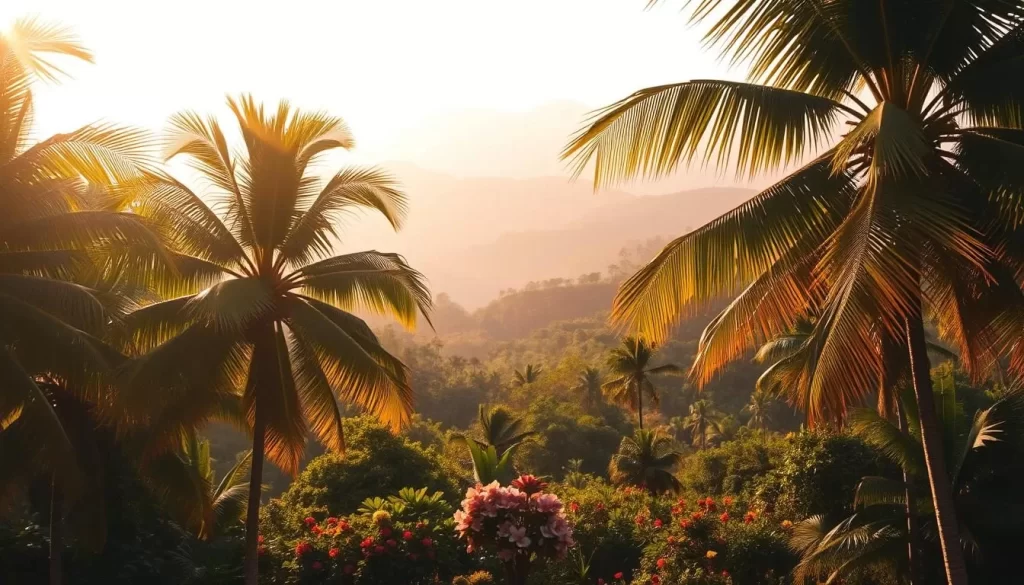
Dry Season vs. Wet Season
The dry season, from mid-December to mid-April, offers sunny skies and minimal rainfall, making it the most popular time for tourists seeking beach vacations and outdoor adventures. In contrast, the wet season, which lasts from May to December, is characterized by short but intense afternoon showers, allowing for morning activities throughout the year.
| Season | Duration | Characteristics |
|---|---|---|
| Dry Season | Mid-December to Mid-April | Sunny skies, minimal rainfall |
| Wet Season | May to December | Short, intense afternoon showers |
How Panama’s Geography Affects Weather Patterns
Panama’s unique geography, with the Pacific Ocean on one side and the Caribbean Sea on the other, creates diverse microclimates across the country. The continental divide influences weather patterns, with the Pacific side generally experiencing a more pronounced dry season than the Caribbean coast. Additionally, elevation affects temperatures, with highland areas like Boquete offering cooler climates compared to the tropical lowlands.
Understanding these geographical influences is crucial for planning your trip to Panama, as they significantly impact the weather conditions you will encounter.
Regional Weather Variations Across Panama
Panama’s diverse geography gives rise to varied regional weather patterns. The country’s climate is not uniform, with different regions experiencing distinct weather conditions.
Pacific Coast Climate
The Pacific Coast of Panama typically enjoys more sunshine and less rainfall than the Caribbean side, especially during the dry season from December to April. Panama City, being on the Pacific Coast, experiences hot and humid conditions, with the rainy season, particularly October and November, affecting urban exploration plans. The dry season is the best time to visit the beaches along the Pacific Coast.
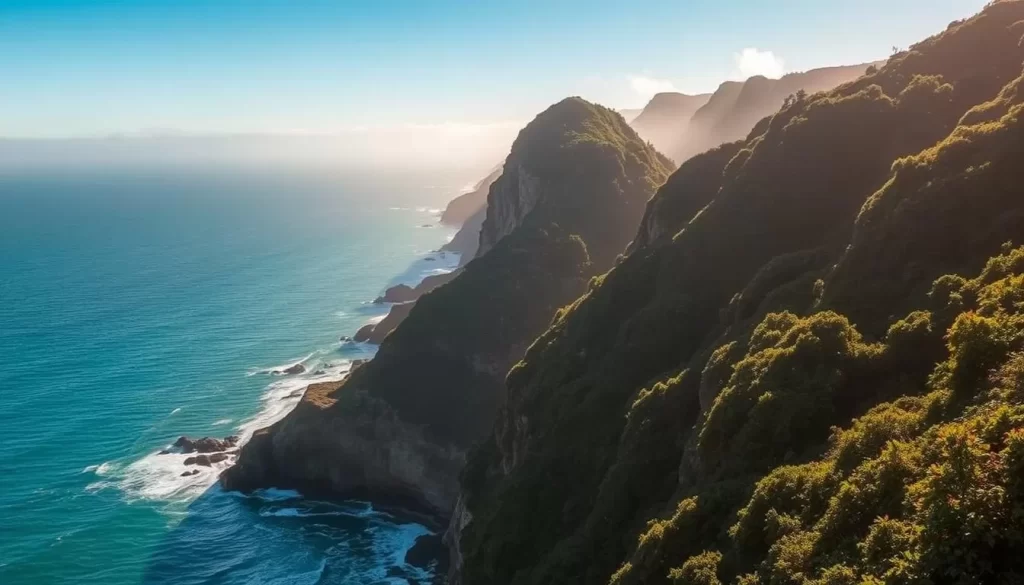
Caribbean Coast Weather Patterns
The Caribbean Coast has a unique weather system, receiving more rainfall throughout the year. However, the sun usually appears in the morning and afternoon, making it still a great destination. The driest months on the Caribbean Coast are February, March, and April. The Bocas del Toro islands experience their driest period in September and October, contrasting with the rest of the country.
Weather in Panama’s Highlands and Rainforests
Panama’s highlands, such as Boquete and El Valle, have cooler temperatures, providing relief from the coastal heat. The rainforests maintain their lush environment due to consistently humid conditions throughout the year. Expect high humidity in the dense forests of Panama’s national parks at any time of year, making them ideal for wildlife exploration.
Panama: Best Months for a Weather-Savvy Trip
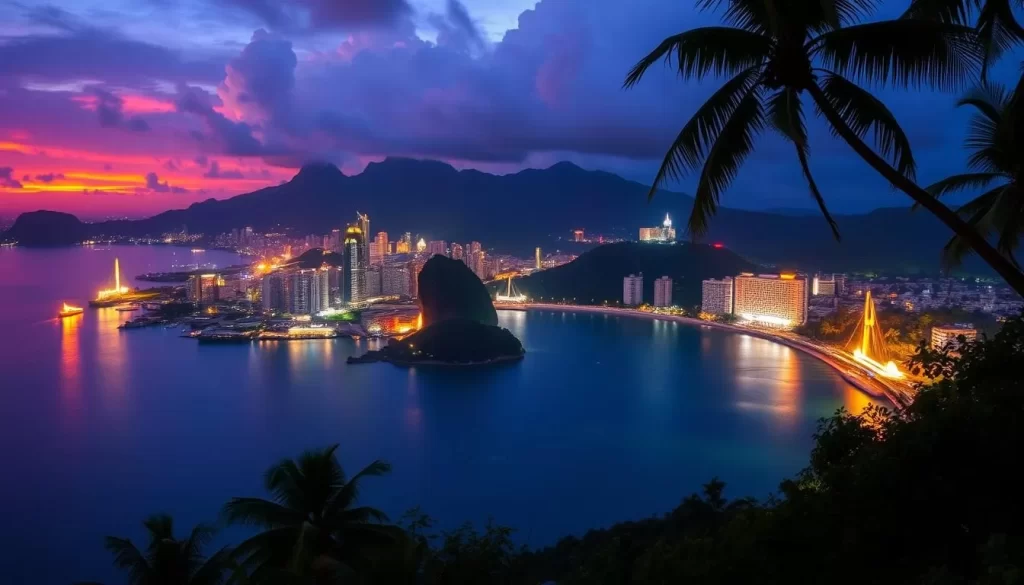
Panama’s diverse landscapes and activities make it a year-round destination, but timing is everything. Understanding the country’s climate patterns can help you plan a more enjoyable and weather-savvy trip.
January to April: Prime Dry Season
The dry season, spanning from December to April, is the best time to visit Panama if you prefer sunny weather and comfortable temperatures. January, February, and March are particularly popular, with daytime temperatures in the 80s (°F) and plenty of sunshine. This period is ideal for beach vacations, hiking, and exploring Panama’s diverse landscapes without weather interruptions.
December and April: The Perfect Shoulder Months
If you’re looking for a balance between good weather and smaller crowds, consider visiting Panama during the shoulder months of December and April. These months offer a great compromise between the peak dry season and the wet season, with comfortable temperatures and fewer tourists. You’ll enjoy lower prices and a more relaxed atmosphere, making your trip even more enjoyable.
September-October: Best Time for Bocas del Toro
While the rest of Panama is experiencing its wet season, Bocas del Toro stands out as a unique destination in September and October. These months are considered the driest period for the Bocas del Toro islands, making them an ideal time to visit if you’re looking for a Caribbean getaway. Enjoy the beautiful beaches and crystal-clear waters without the crowds that are typical of the dry season.
By choosing the right time to visit Panama, you can tailor your trip to your preferences, whether you’re looking for beach relaxation, outdoor adventures, or cultural experiences. Whether you prioritize sunshine, smaller crowds, or specific activities, Panama has something to offer throughout the year.
Best Months for Outdoor Activities in Panama
The varied climate of Panama creates ideal conditions for different outdoor pursuits, allowing you to plan your trip according to your interests. Whether you’re looking for sun, surf, or wildlife, Panama has something to offer throughout the year.
Beach and Sun Seekers: December to April
If you’re a beach lover, the dry season from December to April is the best time to visit Panama. With minimal rainfall and plenty of sunshine along both coastlines, you can enjoy the beautiful beaches without the interruption of wet weather.
Surfing Season: April to December
Surfers will find Panama’s coastlines ideal from April to December, when the best waves form along both the Pacific and Caribbean coasts. Regional variations attract surfers of different skill levels, making it a great destination for everyone.
Wildlife and Whale Watching: August to September
For wildlife enthusiasts, August and September are prime months for spotting humpback whales, sharks, and orcas off Panama’s Pacific coast. The waters are also home to dolphins, making it a fantastic time for whale watching.
Hiking and Rainforest Exploration
The best time for hiking and exploring Panama’s rainforests depends on the region, but generally, the dry season offers clearer trails, while the wet season brings lush landscapes. Summer months (June-August) offer unique experiences with fewer crowds on popular trails.
| Activity | Best Months | Weather Conditions |
|---|---|---|
| Beach and Sun | December to April | Dry, Sunny |
| Surfing | April to December | Varying wave conditions |
| Wildlife and Whale Watching | August to September | Warm, occasional rain |
| Hiking and Rainforest | Varies by region | Dry or wet season advantages |
Navigating Panama’s Festival Seasons
The festival seasons in Panama are a time of great celebration and cultural immersion, but they also require some planning to navigate effectively. Panama’s public holidays and festivals can significantly impact your travel experience, offering a unique glimpse into the country’s culture but also presenting logistical challenges.
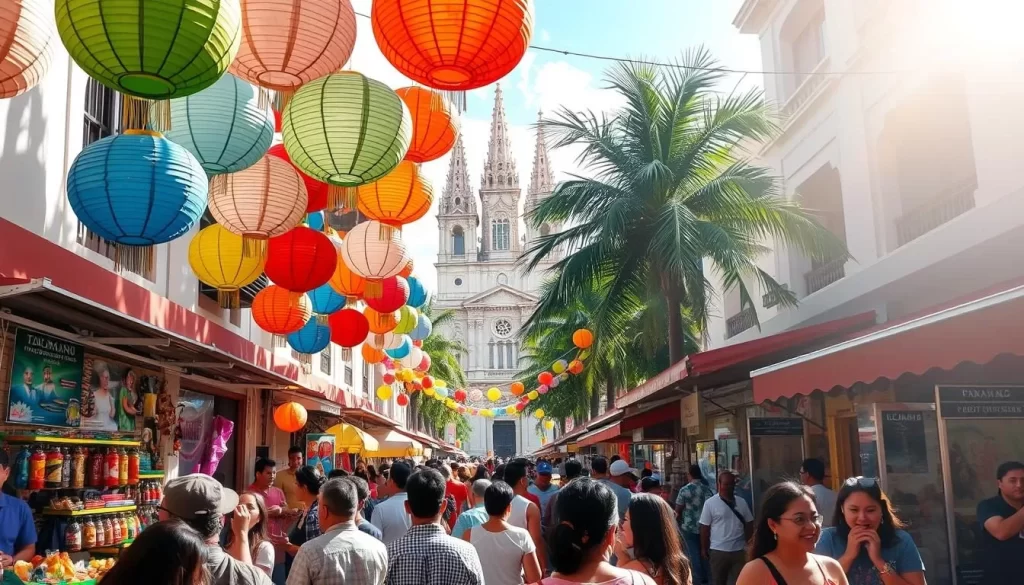
Carnival and Easter Celebrations
Panama’s Carnival celebrations, which take place in February or March, are a spectacle not to be missed. The country comes alive with colorful parades, music, and dancing, particularly in Panama City and Las Tablas. Easter week, or Semana Santa, transforms the country with religious processions and celebrations, coinciding with spring break crowds from North America.
Independence Celebrations in November
November is a month-long celebration in Panama, with multiple festivals related to the country’s independence from Spain and Colombia. This period is filled with national pride and celebration, offering visitors a chance to experience the country’s culture and atmosphere.
Christmas and New Year in Panama
Christmas and New Year are significant holidays in Panama, with family gatherings, special foods, and festive traditions that blend Spanish colonial influence with local customs. Visitors can experience the country’s unique cultural heritage during this time, but it’s essential to plan ahead as hotel prices can rise, and transport can be booked out weeks in advance.
To make the most of Panama’s festival seasons, it’s crucial to plan your trip well in advance, booking accommodations and transport early to avoid higher prices and crowds. By doing so, you can enjoy the country’s vibrant culture and celebrations while minimizing logistical challenges.
Budget-Friendly Travel Months in Panama
Traveling to Panama during the off-peak months can significantly reduce your expenses. While the dry season is the most popular time to visit, the rainy season offers a more budget-friendly alternative without sacrificing too much in terms of experience.
Mid-April to Early December: Rainy Season Deals
Visiting Panama from mid-April to early December can be a cost-effective choice. Although it’s the rainy season, the rain showers are often short and followed by sunshine. May is a particularly good month to visit, with pleasant temperatures and relatively mild rain showers. As the summer months approach, humidity increases, and rain showers become more frequent, but tourist numbers remain low, and so do prices.
Significant savings can be made on accommodations, tours, and flights during this period. You can expect discounts of 30-50% on accommodations compared to the peak dry season. The rain typically falls in short afternoon showers, leaving mornings free for outdoor activities.
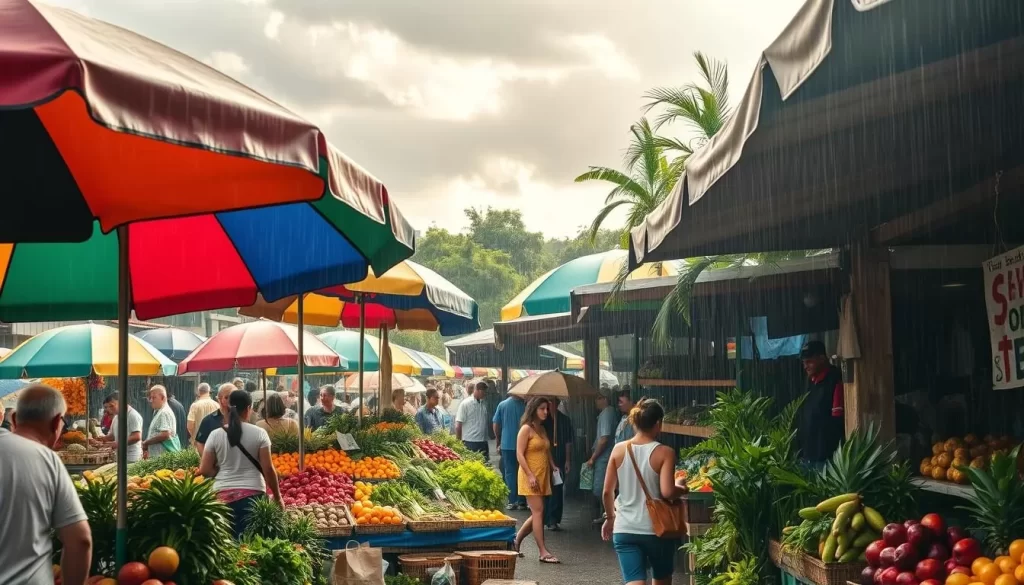
Tips for Traveling During Off-Peak Seasons
To make the most of your trip during the rainy season, plan your daily activities around the typical rain patterns. Take advantage of the generally clear mornings for outdoor adventures like hiking or exploring Panama City. Pack accordingly with waterproof gear and clothing that can get wet.
Being flexible with your itinerary can also help. Consider indoor activities for the afternoons when rain is more likely. Panama City has plenty of museums, shopping centers, and restaurants to enjoy while waiting out the rain. Additionally, the fewer crowds during the rainy season allow for a more authentic experience and interactions with local people.
The summer months (June-August) offer a good balance between weather and value. While there’s moderate rainfall, the lower prices and special wildlife experiences like turtle nesting and whale watching make it an attractive time for certain travelers.
Conclusion: Planning Your Weather-Perfect Panama Trip
The best time to visit Panama depends on your preferences, with the dry season offering sunny days and the wet season providing lush landscapes. Panama is a year-round destination, with rain showers during the wet season typically lasting no more than an hour or two during the day.
If you’re seeking beach bliss, January, February, and March are ideal, with daytime temperatures in the 80s and plenty of sunshine. To balance weather considerations with crowds and prices, consider the shoulder months or the wet season for better deals.
Panama’s versatility as a destination means that each season offers unique attractions and experiences. By understanding the regional climate differences and monitoring weather forecasts, you can plan a trip that suits your preferences, whether you’re looking for beach activities, wildlife encounters, or cultural experiences. Embracing the natural rhythms of Panama’s climate will allow you to make the most of your visit to this diverse tropical paradise.
The above is subject to change.
Check back often to TRAVEL.COM for the latest travel tips and deals.
